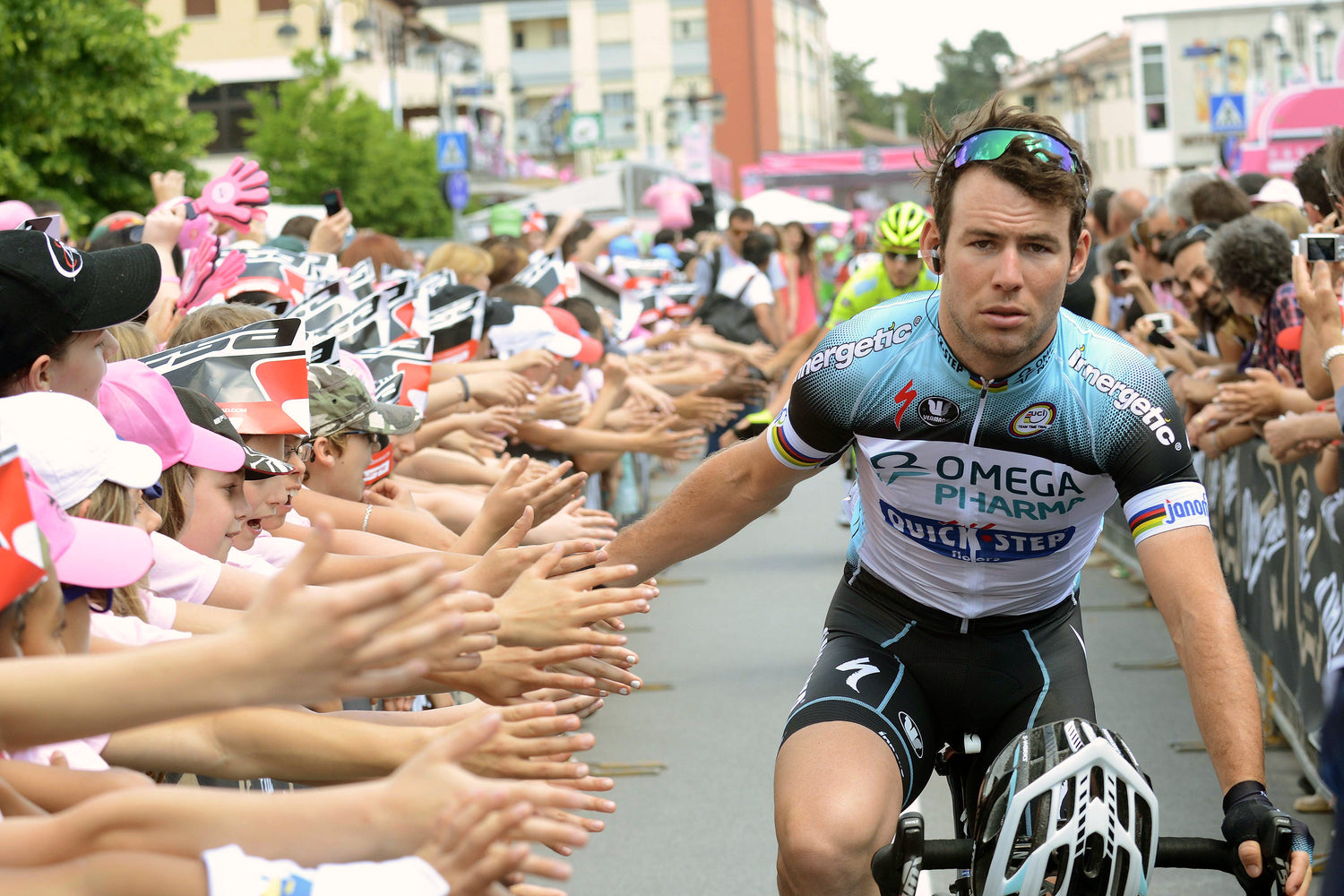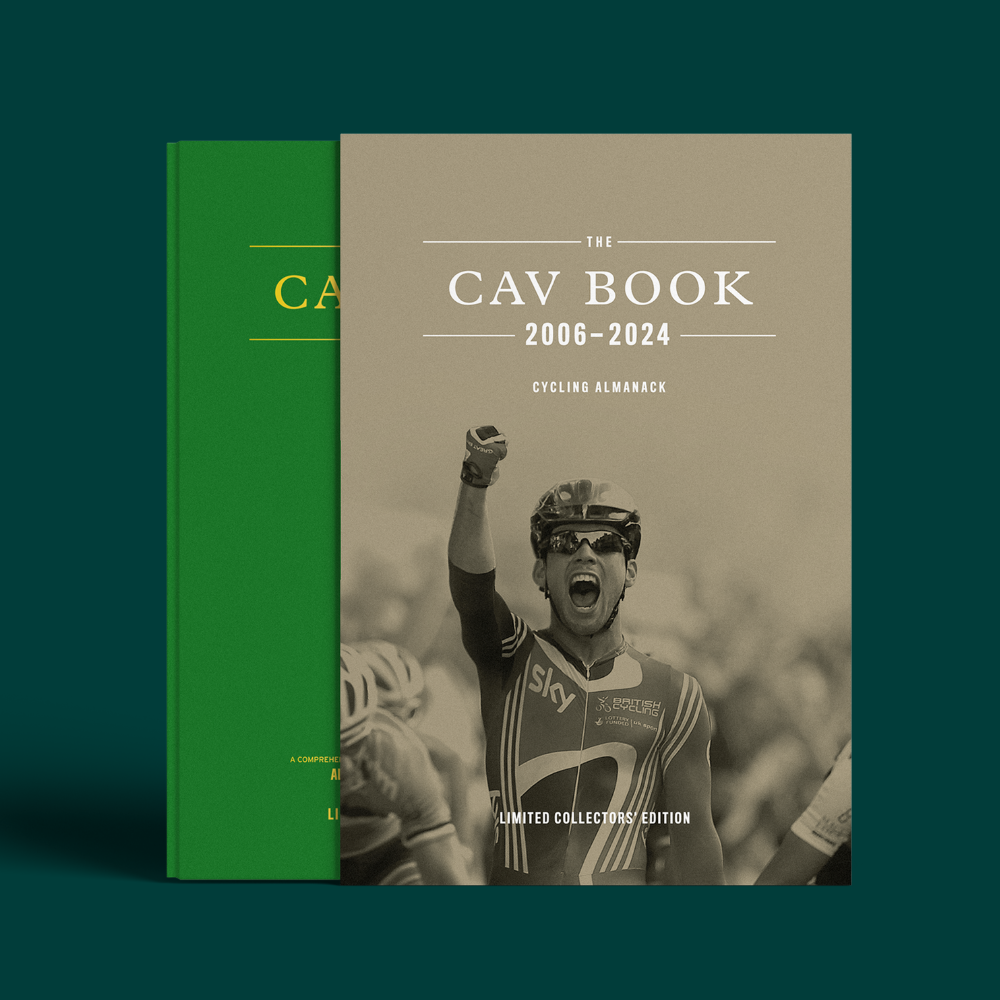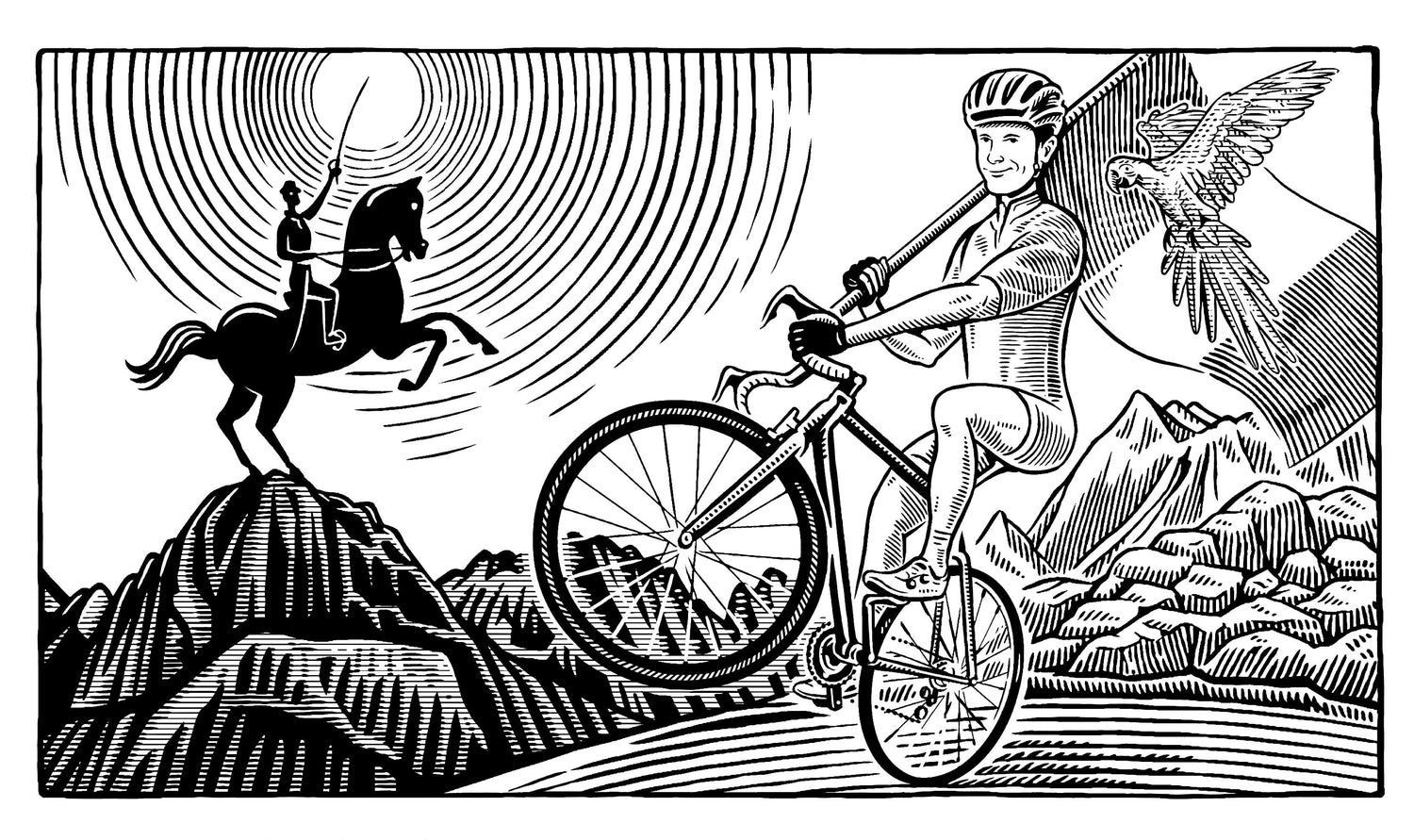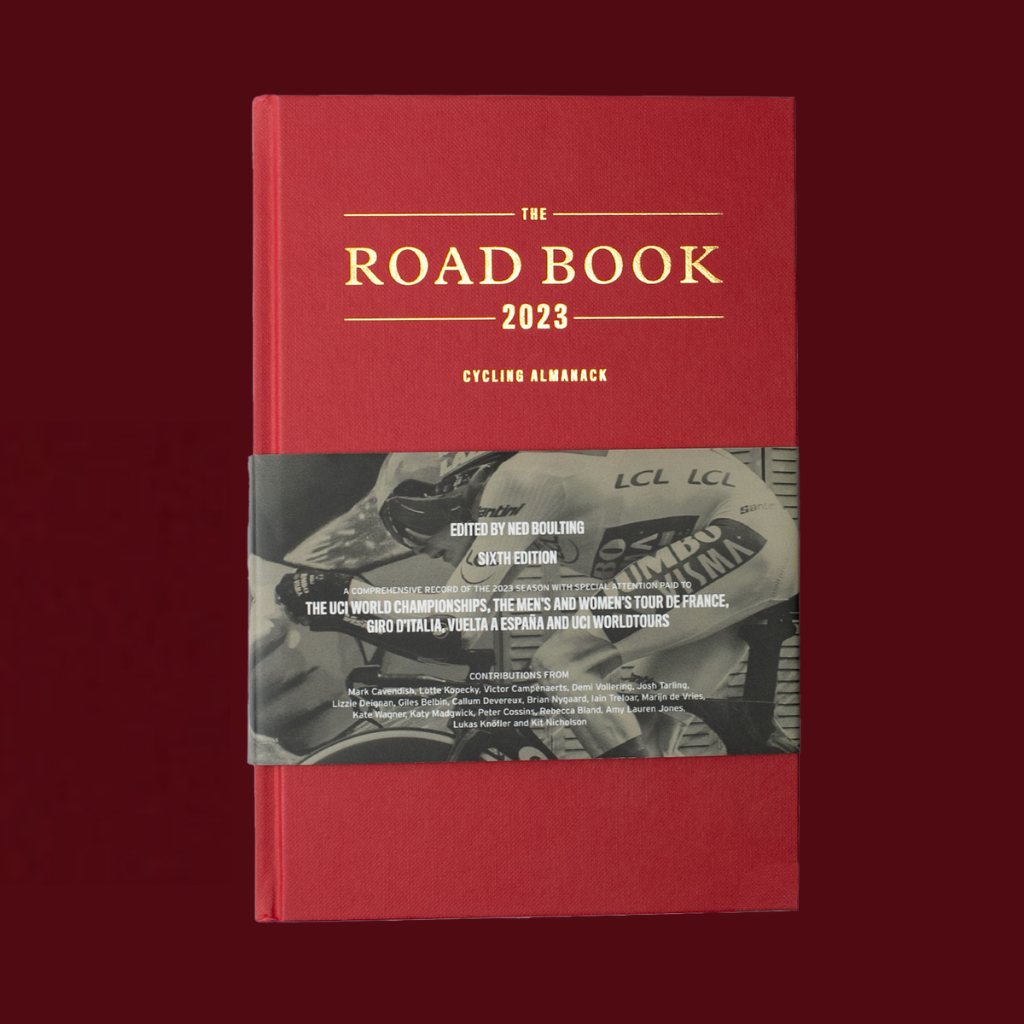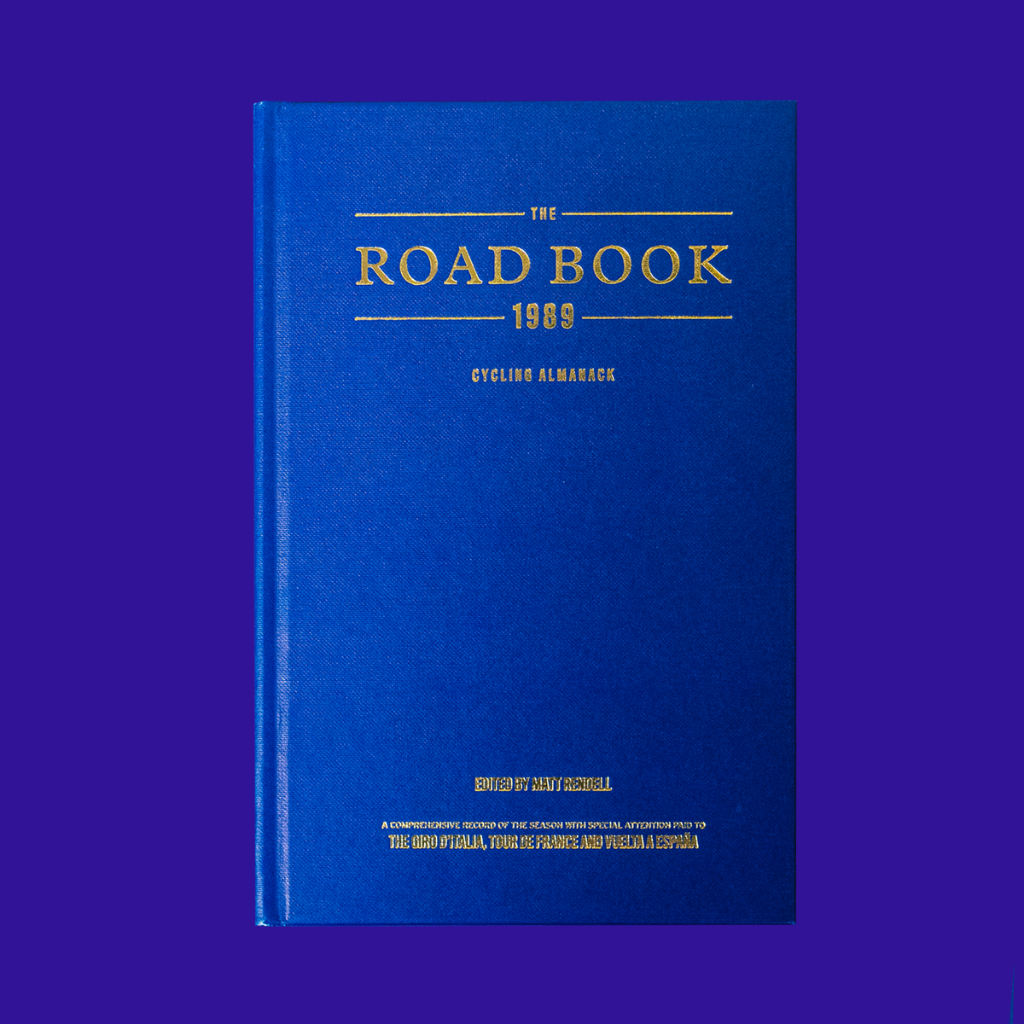Extract from The Road Book 2020 Edition. To read more from Rob Hatch and many more, purchase your first edition copy today.
Amore infinito. It’s been that way since I first stepped off the boat onto a Venetian island for my first Giro d’Italia in 2009.
It’s become part of my biological clock. As a TV commentator around the world, but mainly on Eurosport, I build up to May, then wind down a little when it’s over. Alongside the Flemish Classics, it’s the thing against which all other things are measured and placed during my year. The thing I wouldn’t miss for the world. As the race’s own marketing line goes, it’s ‘The toughest race in the world’s most beautiful place’. This year, the realisation that it wouldn’t be run in May, like most of the events of the spring, sent me into a disorientating tailspin. A lockdown work project meant I’d be lucky enough to revisit some classic Giro stages, a first nervous foray into home broadcasting and a chance to avoid spending all day clicking the refresh button on the news websites. Despite that welcome distraction, we all missed the real thing and, once those news stories began to improve enough to allow it to happen, we were told that this year’s ‘fight for pink’ would take place in October.
Like the 2009 centenary edition of the Giro, this year we’d start on an island, except not on the same one where I sat commentating. My employers had understandably decided we wouldn’t be sent on-site to cover the pink race this year, and instead we were to use the studios in London and Bath. No problem; it’s something we do for a good portion of the racing each season, given the impracticalities of travelling between multiple races. But then another issue appeared: rising cases of the virus that had invaded our lives in my country of residence, Spain, meant I wouldn’t be able to travel to the UK. Time to put all that home broadcast research into practice. Bulletproof fibre internet was ordered, as well as a cable to take it through to a space between my living room and bathroom (useful for six-hour broadcasts). An online shopping spree began, with two desks and a printer among the purchases. Plus laptop and tablet stands, and blu-tack – lots of blu-tack – to hang up notes and stage profiles. I was as ready as I’d ever be.
Before Corona (bc) the event had been scheduled to begin in Budapest. Quickly accepting that would no longer be possible, the race organisers, RCS Sport, moved forward a planned start in Sicily by a year. The first Italian stages of the race had been due to take place on the Mediterranean island anyway, so with the addition of a day here and there, the reduced race caravan knew most of the terrain that it would have to take on. It promised three weeks of racing in a natural arena where style and beauty are as important as hard work and tenacity.
‘They’ll ride through a land of St Peters, Madonnas, natural beauty… this country is a living monument.’
The start was typically chaotic. A sunny, warm build-up during the week gave way to cloud and wind on day one. The scirocco blew in and blew straight across the road of the time trial course, some of which – with a wacky uphill start to a paved cathedral square in Monreale and old city roads down below in Palermo – resembled an obstacle course. It turned out to be a bit of a lottery, with British favourites Simon Yates and in particular Geraint Thomas putting in the best times among the big names. Others with a different start time struggled, and poor Miguel Ángel López even crashed out. The stage and first leader’s maglia rosa went to a debutant: Filippo Ganna rides across the wooden boards of the track as quickly on his own over 4km as a team of four men did not too long ago, and just days after securing the world ITT title on the road, here he showed why.
Ganna shares a surname with the first-ever Giro winner, Luigi, who triumphed back in 1909. A perfect beginning, then, for the tifosi, who are more important to the colour of the race than any other Grand Tour, and Ganna turned up for day two all dressed in pink. As the bunch rode past Ancient Greek temples to Agrigento, we saw a reminder that the lands of the Mediterranean have changed hands more than I’ve eaten margherita pizzas. Astana suffered another blow as Alexander Vlasov, talked up as an outsider, felt unwell and failed to complete the stage. The finish was uphill but, where GC riders had triumphed on its last appearance in the race over a decade before, this time Peter Sagan – who somehow had never previously ridden the Giro – fought it out with Diego Ulissi, a former multiple stage winner. It would be the latter who was fastest to the line. Ulissi, from a family of Tuscan winemakers, is now into his thirties. At least 2020 was a good vintage for someone, as he won his seventh career Giro stage.
‘Like water off a Duck’s back’
Etna, Sicily’s fiery mountain, would stage the first sort-out of the favourites for overall victory. Was I going to be dragged into using clichés about GC explosions or eruptions of action from the favourites? I hoped so. Usually coming early into the race, Mount Etna finishes had tended to be cagey affairs.
I’d always thought Etna needed a sunny day to be fully appreciated. Perhaps that’s a bit of my own bias coming through, with the area reminding me of the landscape of my favourite place on the planet, the Canary Islands. Cloudy days on recent visits meant we had been denied a chance to see the mountain and its surrounding unique beauty in all its glory. It had been almost a decade since Alberto Contador danced away in the sunshine and the long shadows as we looked down to Catania. There’d be no repeat of that; the morning cloud didn’t budge and, as the day rumbled on, it became darker before emptying itself on the slopes of the mountain. That didn’t dampen the action, however.



